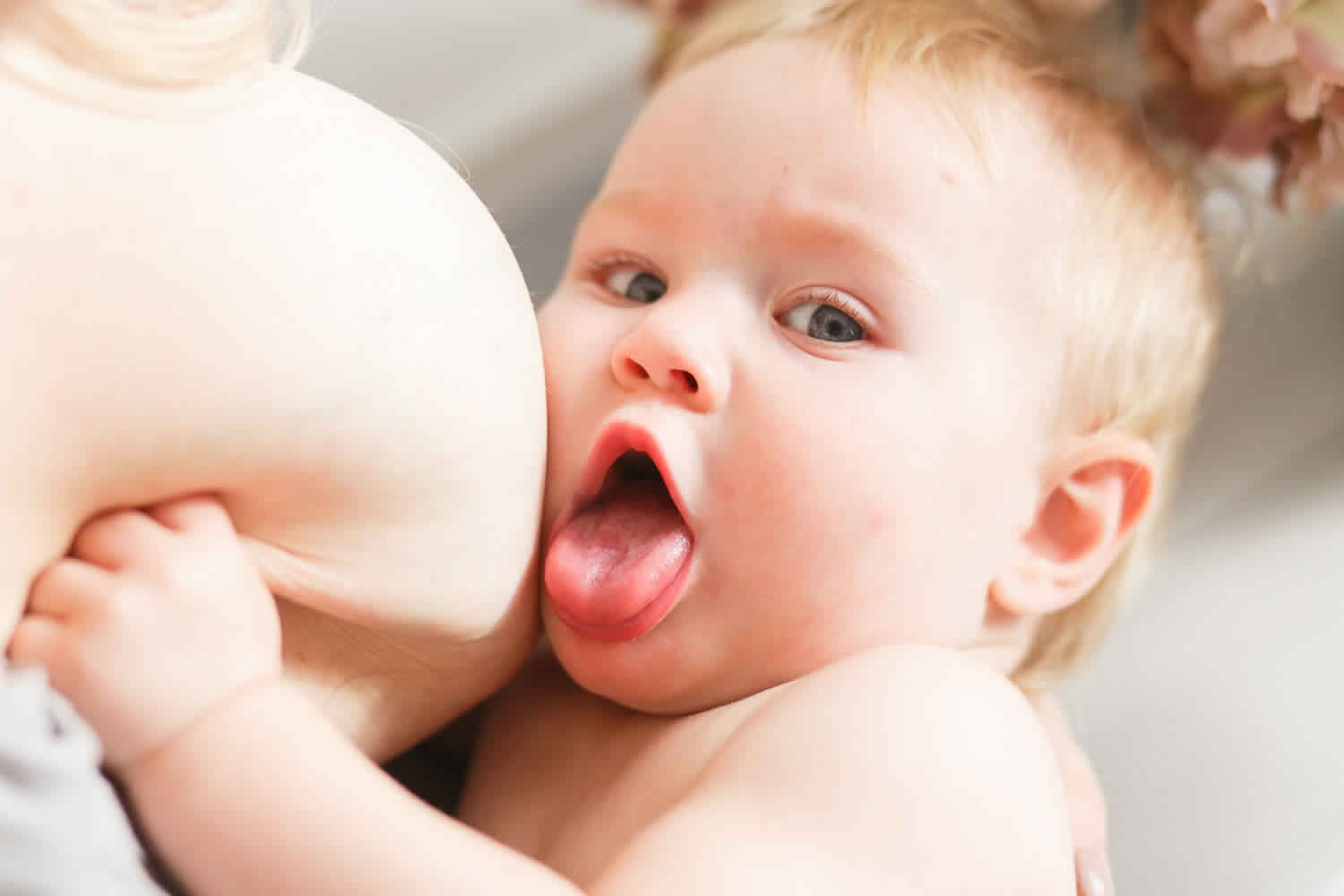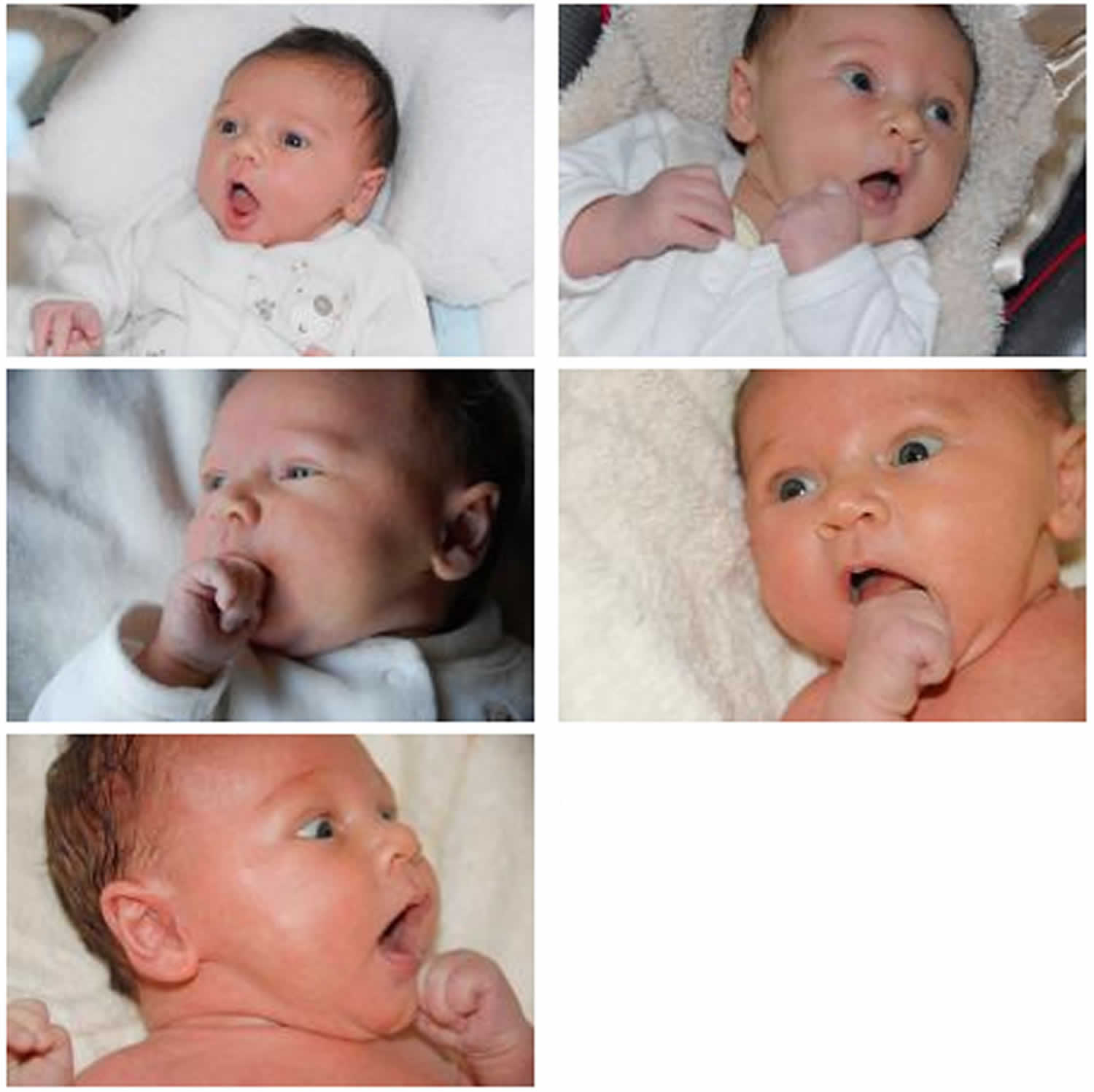Contents
Baby hunger cues
Babies instinctively let you know when she/he needs to be fed. Your baby’s body language can tell you how he’s feeling and what he needs from you. All babies give cues to how they’re feeling and what they need from you. But each baby develops her own mix of signs to tell you what she wants. Eventually you’ll get to know your baby’s individual cues and what they tell you about your baby’s feelings.
A hungry baby often will cry. But it’s best to watch for hunger cues before the baby starts crying, which is a late sign of hunger and can make it hard for them to settle down and eat.
And as you and your baby get to know each other, you’ll figure out the best way to respond to your baby’s individual cues too. For example, your grizzling baby might look relaxed when you smile at him, or he might seem to like it better when you sing and talk to him. This helps you know how to respond the next time he grizzles.
Your baby’s body language gives you important cues about whether she’s:
- tired
- hungry
- wide awake and ready to play
- needing a break.
Newborns need to feed every 2-3 hours. Here are signs your baby might be hungry:
- Bringing his hands to his face.
- Licking lips
- Sticking tongue out
- Opening her mouth
- Sucking on everything around
- Rooting (moving jaw and mouth or head in search of breast)
- Making sucking motions and noises.
- Turn towards your breast
- Putting his/her hand to mouth repeatedly
- Sucking on his fingers or putting his fist in his mouth.
- Fussiness
- Flexing his hands, arms and/or legs.
- Breathing fast.
You can start to look for these cues every 1-2 hours in newborns or every 3-4 hours for an older baby.
When you notice your baby’s body language and respond to it, he feels safe and secure. This helps you to build a strong relationship with your baby. And a strong relationship with you and other main caregivers is vital to your baby’s development.
Watch the video to see what hunger cues look like in real babies.
Figure 1. Baby feeding cues
General guidelines for baby feeding
It is important to remember all babies are different―some like to snack more often, and others drink more at one time and go longer between feedings. However, most babies will drink more and go longer between feedings as they get bigger and their tummies can hold more milk:
- Most newborns eat every 2 to 3 hours, or 8 to 12 times every 24 hours. Babies might only take in half ounce per feeding for the first day or two of life, but after that will usually drink 1 to 2 ounces at each feeding. This amount increases to 2 to 3 ounces by 2 weeks of age.
- At about 2 months of age, babies usually take 4 to 5 ounces per feeding every 3 to 4 hours.
- At 4 months, babies usually take 4 to 6 ounces per feeding.
- At 6 months, babies may be taking up to 8 ounces every 4 to 5 hours.
Most babies will increase the amount of formula they drink by an average of 1 ounce each month before leveling off at about 7 to 8 ounces per feeding. Solid foods should be started at about 6 months old.
Do I need to wake my baby for feeds?
Newborns have tiny tummies and so need to feed frequently. For example, the Academy of Breastfeeding Medicine supplementation protocol 1) reports that the average intakes of colostrum per feed by healthy, term breastfed is 2-10 mL on day 1, 5-15 mL on day 2, 15-30 mL on day 3 and 30-60 mL on day 4. Feeding frequently in the early days and weeks helps make sure you have a good milk supply.
Because breastmilk is easily digested, it is common for breastfed babies to feed 8–12 times in a 24-hour period. This usually means that your baby will breastfeed on average every 2–3 hours around the clock (day and night), with possibly one longer stretch (eg up to about 5 hours) between feeds somewhere in a 24-hour period. The length of time between feeds can vary greatly from baby to baby. The time between feeds is from the beginning of the last feed, not the end. Newborns also tend to have periods each day where they feed very frequently for a few hours (cluster feeds). Often these cluster feeding periods are followed by a longer stretch of sleep.
In most cases, healthy, thriving newborns will wake of their own accord for feeds and so get all the milk they need. Feeding your baby when he is showing early feeding cues can help him to feed better. However, there are some reasons why a newborn may be extra sleepy. It may be necessary to wake the baby for feeds to ensure he gets the milk he needs. Some of the reasons are medical (eg jaundice, infection, heart problem), or perhaps medications for pain relief used during the birth are still affecting the baby. It is important to be guided by your doctor in these situations.
Feeding cues can be hard to pick in a sleepy baby so it is important to keep your baby close to you so you can learn.
There are many ways to tell if your baby is getting enough milk (see below).
If you need to wake your baby for feeds, here are some tips:
- Change your baby’s nappy.
- Breastfeed in a different position eg some mothers find the underarm helps keep the baby awake.
- Undress your baby down to his nappy and place him on your chest with as much skin-to-skin contact between you and him as possible.
- Give your baby a warm bath.
- Talk to him and make eye contact.
- Place your baby on your lap with his legs near your tummy and head on your knees. Gently support your baby, raise him into a sitting position, like doing a ‘sit-up’. Repeat a few times.
- Gently massage his back in circular motions.
- Stroke his feet and hands.
Babies can breastfeed even when not fully awake. Once your baby is feeding, some of the ideas above can be used to keep him awake and feeding. In addition, it can help to switch breasts each time your baby slows in his sucking and starts to doze off. Take him off, burp him and wake him again to start on the other side. He can have each side more than once if he stays awake.
It can also be helpful to use breast compressions — ie squeeze your breast while he is sucking at the breast but is not swallowing milk. Breast compressions increase the flow of breastmilk which helps encourage the baby to suck and swallow, and thus get more milk.
Even if you have a sleepy newborn who needs waking for feeds in the early weeks, this will change. Soon enough you will be able to relax and let your baby set his own individual feeding pattern.
How do I know if my baby is getting enough breastmilk?
If your baby shows the following signs then it is likely that you do have enough milk.
- At least 6 very wet cloth nappies or at least 5 very wet disposable nappies in 24 hours. The urine should be odorless and clear/very pale in color. Strong, dark urine suggest that the baby needs more breastmilk and you should seek medical advice.
- A young baby will usually have 3 or more soft or runny bowel movements each day for several weeks. An older baby is likely to have fewer bowel movements than this. Formed bowel motions suggest that the baby needs more breastmilk and you should seek medical advice.
- Some weight gain and growth in length and head circumference.
- Good skin color and muscle tone. Does she look like she fits her skin? If you gently ‘pinch’ her skin, it should spring back into place.
- Your baby is alert and reasonably contented and does not want to feed constantly. It is however normal for babies to have times when they feed more frequently. It is also normal for babies to wake for night feeds. Some babies sleep through the night at an early age while others wake during the night for some time.
A newborn’s nappies
Wide variation exists in what is seen in a newborn’s nappies. The following gives a general guide as to what might be seen.
The first bowel motions a baby has are black and sticky. This is from the meconium present in the baby’s digestive tract before birth. By day 2, the bowel motions should be softer but still dark in color. Over the next few days, the bowel motions change to a greenish-brown and then to a mustard-yellow. As the color changes they become less sticky and larger in volume.
A baby should have at least 1 wet nappy on day one, at least 2 on day two, at least 3 on day three, at least 4 on day four and at least 5 on day five. From day 5 onwards, the information above is relevant.
Over the first few days, salts of uric acid in your baby’s urine may leave a rusty, orange-red stain on the nappy. This is normal during this time. If you see this after day 4, consult a doctor.
Daily diapers
A newborn’s diaper is a good indicator of whether he or she is getting enough to eat. In the first few days after birth, a baby should have 2 to 3 wet diapers each day. After the first 4 to 5 days, a baby should have at least 5 to 6 wet diapers a day. Stool frequency is more variable and depends whether your baby is breast or formula fed.
Growth charts
During regular health check-ups, your pediatrician will check your baby’s weight and plot it on a growth chart. Your baby’s progress on the growth chart is one way to tell whether or not he or she is getting enough food. Babies who stay in healthy growth percentile ranges are probably getting a healthy amount of food during feedings.
References [ + ]






